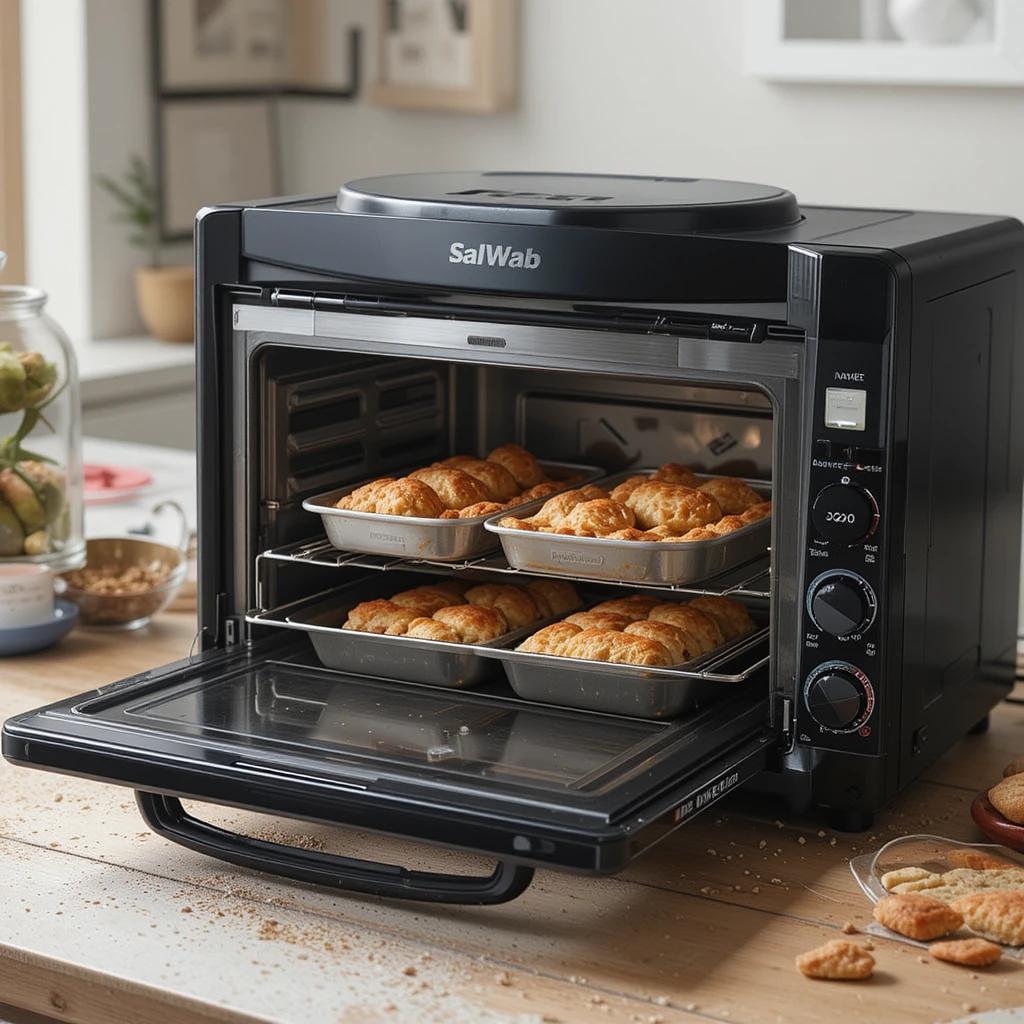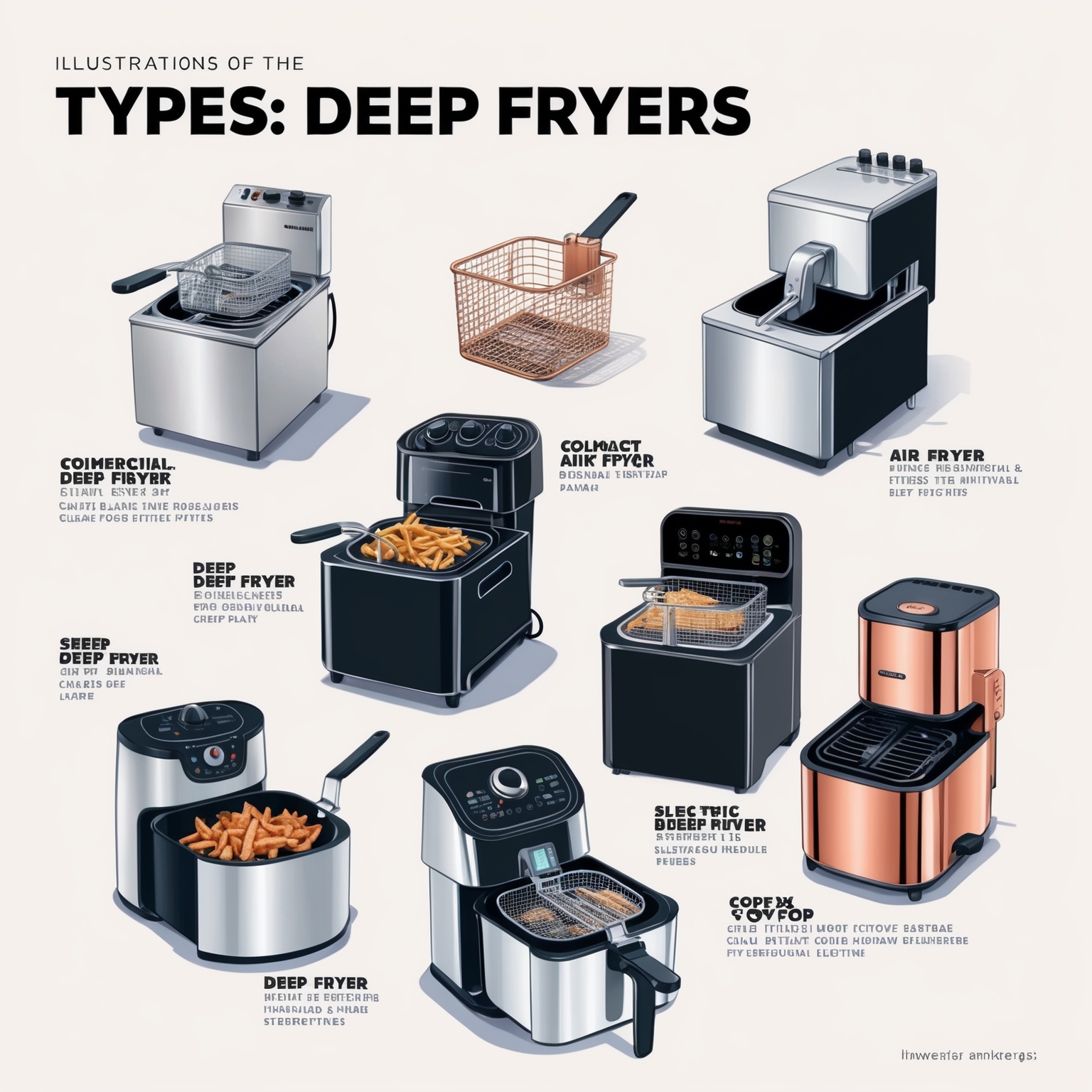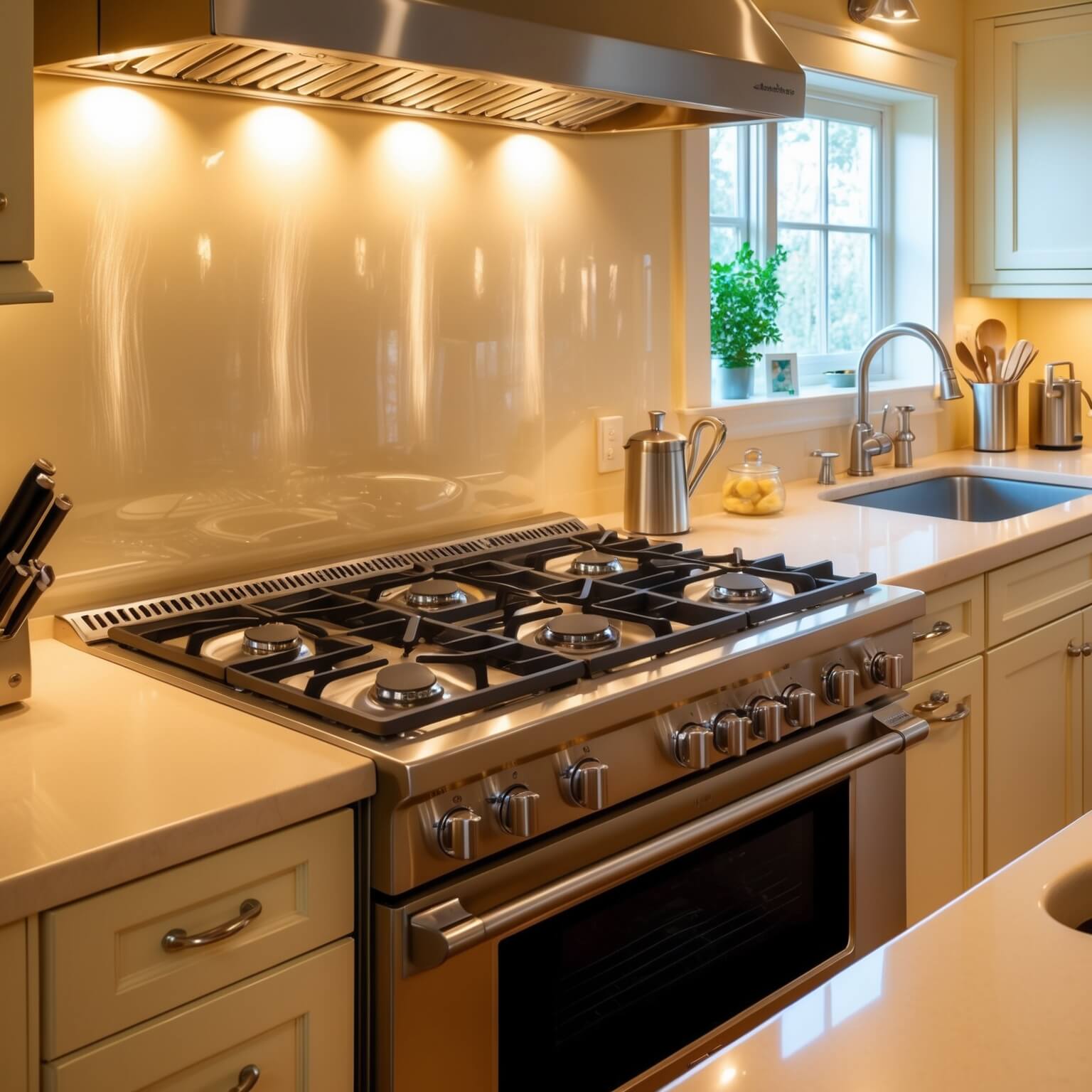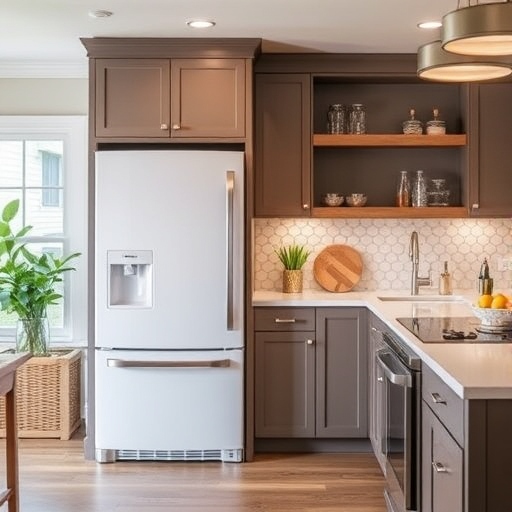Do you want to know what makes cooking easy for you? Convection ovens are quite practical and chefs’ precious. They cut down on cooking time, distribute heat uniformly, and create crisp mouthwatering meals. Are you, however, assured that you are getting the best out of it? If you plan to bake a lot, Convection Oven is your primary cooking tool. If you only cook for occasions, you’ll appreciate the convection that allows you to prepare food more efficiently. Either way, this guide will help you how to use Your Convection Oven for Cooking and Baking
We will guide you to achieve that “wow” induction from family and friends. From the very working of a convection oven to simply the best cooking and baking methods, the world is your oyster, and we will see to it that you get the most pearls out of it. Stay tuned for simple but very effective ideas that will enhance the taste of your food, streamline the baking process, and expedite your cleaning.
Why Use a Convection Oven for Cooking and Baking?
Convection ovens are not just another tool to have in the kitchen, but a new way to look at cooking. And here are some reasons that will throw light on your query.
- Even Cooking: The circulatory fan in the convection oven’s interior uses hot air to heat food and eliminates the unpredictability of cold or hot regions ensuring that the prepared food is always well cooked.
- Crispier Textures: If you enjoy roasted sweet potato or chicken skin, you cannot go wrong with convection ovens. They guarantee crunchy tops on vegetables and meat roasts.
- Faster Cooking Times: Convection ovens enhance the cooking process and improve the circulation of heat resulting in a twenty-five percent time increase for preparing meals. Enjoy your seasoning while cutting corners on time.
- Energy Efficiency: Thanks to the quicker cooking times, convection ovens usually use less energy than standard ovens.
Interested? Convexity will be the next thing we deal with where we will be looking into how is it different from the conventional one.

Basic Principles of Convection Cooking
What Does a Convection Oven Do?
It integrates a fan and exhaust system within the unit. In a convection oven, the heated air isn’t just confined to the cavity walls. It’s actively blown all around the food compartments. Because of this heat circulation, foods take less time and bake evenly which is most advantageous in protein roasts or baked items.
Main Differences that Exist in Convection vs. Traditional Ovens
For those who made a step up from a very primitive conventional oven, here is what is the fundamental difference in how we control the cooking elements in the two devices
- Heating Mechanism: There is no movement in concentrated areas in traditional ovens but in convection, there are fans that move the heat to every part of the food.
- Cooking Time: You will be shocked but convection ovens will bring that time down for you drastically.
- Browning and Crisping: Convection ovens do better than traditional ones in which meat gets rotated due to the internal rotating fan in a convection oven.
Like any appliance, it will prove useful if you comprehend the basic inner workings of how convection technology operates. Now, let’s move forward to actually cooking or baking the perfect dish and what are the things to do while preparing for the activity in the kitchen.
Preparation Tips for Success
1. Preheat the Oven
Whether your microwave or traditional oven, it is essential that the oven is properly preheated before placing the food inside for the cooking to take place evenly. By skipping this step, the whole food may not cook properly, even if convection ones heat quite fast.
2. Operating Procedures
If a standard oven is used, the temperature needs to go down by about 25 degrees as convection ones work more efficiently. For instance, if the recipe specifies 350 degrees, a convection oven should cook at about 325 degrees.
3. Buying the Right Cookware
Picking up shallow pans or baking sheets instead of deep dishes would be beneficial in the prevention of heavy air circulation. Using deep and heavy dishes also tends to restrict the free movement of air.
If you implement these preparation tips, you will be well on your way. Now, the focus will shift towards the cooking techniques themselves.

Cooking Tips for Delicious Homemade Meals
1. Focus on Shallow and Wide Pans to Help Circulate Air
Always use shallow pans so that the hot air can circulate nicely to prevent uneven cooking. Shallow pans are ideal for roasting vegetables, cookies or even sheet pan dinners.
2. Keep it Spacious
Only Keep Spacious Areas with Some Space in Between Food Items to Prevent Overcrowding the Microwave or Stacking Multiple Trays Unless the Specific Oven Allows It. Overcrowding Leads to Uneven Cooking and, if the Tops Are Left Open, to Overheating.
3. Turn, Stir or Rotate Food Midway
When preparing a food item, it is sometimes important to stir vegetables in a pan or turn the roasting pans so that the results are consistent. For roasts, flipping them once is adequate to brown the entire item.
With the incorporation of these techniques, not only will the various dishes that you are making taste great, but they will also be so aesthetically pleasing that they will be suitable for taking pictures and posting on Instagram. But what if the aim is simply to bake? Let’s explore ways to best utilise your convection oven for baking.
Tips: Convection Oven for Cooking and Baking
1. Look for Suitable Convection Oven Recipes
Some recipes have to be altered to change them from convection to traditional style owing to the differences in the styles. If possible, use a recipe that has been developed for convection baking as this will save time as well as provide a better recipe.
2. Don’t Overstress Over Cooking Time
Since the fan heats the food from different angles, this reduces the amount of time that packages covered with paper or foil normally take. Timers are therefore useful so that before expecting your creations to be fully baked, check them earlier.
3. Bake and Line the Baking Sheets with Parchment
Looking for a way to work with foods like pastries, tarts, or cupcakes? Bake and line the baking sheets with parchment to make your work easier. Since the baking process has already begun, stiffen the tracking sheet to avoid cake or cookie displacement.

Bonus for Baking
When working with soufflé or macarons, the convection oven fan should be turned off as the hot air generated by it can irritate fragile items.
These adjustments will be beneficial for even the most experienced bakers. But like every other tool used in the kitchen, maintenance is important—so do not skip the next section.
Maintenance and Care Tips
Keep it Clean
Occasionally performing appropriate cleaning increases efficiency and reduces stale smells. Wait until the cooling period ends, then after a few uses, clean the interior to rid it of grease and residue.
Replace Filters as Needed
Convection ovens should have air filters applied to them; if they do, ensure you replace them and check them periodically. Clogged filters will reduce airflow and affect cooking efficiency.
Inspect for Issues
You might want to look at your oven’s service if you observe odd sounds or uneven cooking. Frequent check-ups on your appliances would enhance the lifetime of the oven while ensuring that it is operating efficiently.
Using your convection oven the right way can restore the feeling of pristine enjoyment for the user, making each meal a guaranteed success.

Implement Your Creativity to Add a New Flavour to Your Cooking
First of all, I trust you have the complete picture of how to make use of the convection oven, let’s get straight to the point. While roasting vegetables or other items, baking cookies, or trying your hand at an elaborate souffle, a convection oven provides all the tools necessary to present your dishes that are juicy, well-cooked, and irresistibly appetising.
Are you craving many more recipes or want to take your skills to the next level? Then book this blog post and go ahead and try it out. The tastiest delicacies are just waiting to be cooked – in your own kitchen.
FAQ
Yes, convection ovens can be used for baking. They circulate hot air evenly, which helps bake goods more uniformly and efficiently. However, some delicate baked items like soufflés may require adjustments in temperature and time.
It depends on the food:
Convection cooking is ideal for roasting meats, vegetables, and crispy baked goods.
Regular baking (without convection) is better for delicate items like cakes, bread, and custards, as they require gentle heat.
It can dry out foods if not monitored properly.
Some recipes require adjustments in time and temperature.
Not ideal for soft or delicate baked goods that need a more stable heat environment.
Roasted meats and vegetables
Pizzas and crispy crusts
Cookies and pastries
Casseroles and lasagnas
Yes, but it requires adjustments. Reduce the temperature by 25°F (about 15°C) and check for doneness earlier than the recipe suggests to prevent overbaking








